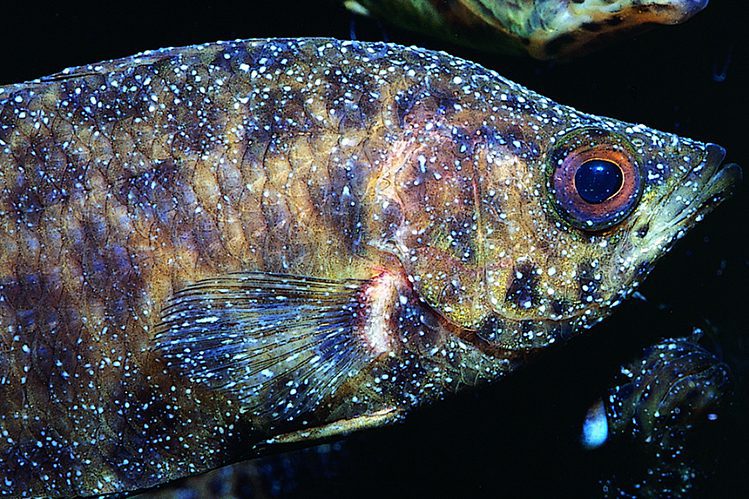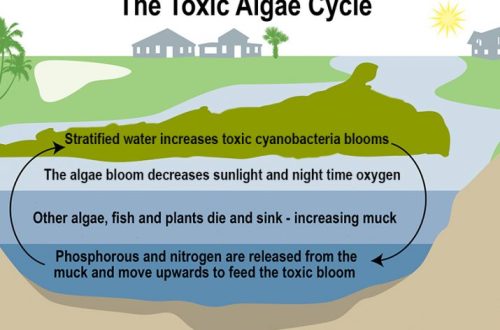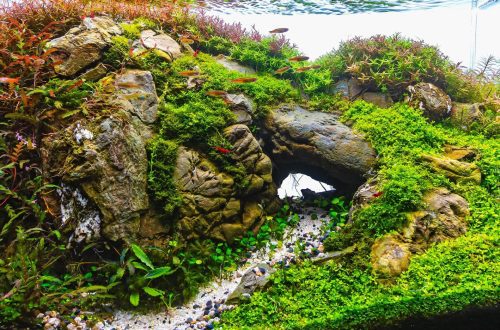
Ichthyophthyriasis in aquarium fish
Ichthyophthyriasis in aquarium fish is a fairly common and, unfortunately, very dangerous disease, which, if not treated in time, is fatal. But what is ichthyophthyroidism, how does infection occur and what symptoms are accompanied? To recognize the enemy in person and defeat him, our 15 facts will help you.
- Ichthyophthiriosis is an infectious disease caused by parasitic ciliates of the genus Ichthyophthirius or Ichthyophthiriosis.
Ciliates affect fish of all varieties. They are localized on the gills, in the mouth, under the skin, feed on body tissues and actively multiply.
White tubercles on the body of the fish, resembling semolina, testify to the disease. Hence the second, “colloquial” name of ichthyophthiriosis – “semolina”. White bumps are formed due to the accumulation of parasites and their subsequent exit from the body of the victim.
Parasites that have reached sexual maturity leave the body of the fish, forming white bumps, and settle to the bottom of the aquarium, where they create cysts and multiply. As a rule, the infusoria becomes sexually mature 1-2 weeks after the fish enters the body.
Infusoria damage occurs very quickly. One cyst can contain about 2000 daughter cells. After the division process is completed, the ciliates rise into the water column and settle on the fish, using them as a nutrient medium. Only 4 days is enough for the disease to affect all the inhabitants of the aquarium.
Infection of aquarium fish with ichthyophthiriosis can occur due to feeding live food from reservoirs, placing plants, contaminated objects, inventory in the aquarium, or settling new, already infected fish. For a long time, parasites can “sleep” without showing themselves in any way, but, once in favorable conditions, they become active. As a preventive measure for ichthyophthyroidism, it is necessary to monitor the cleanliness of the aquarium, maintain a comfortable climate for fish, use high-quality food, do not place uncleaned plants and objects in the aquarium, and in no case populate new fish without quarantine.

Ichthyophthyroidism refers to those diseases that necessarily require treatment and do not go away on their own.
Different forms of parasites have a different incubation period, which complicates the treatment.
If left untreated, the parasites eat away at the skin of the fish, making them vulnerable to secondary infections. In a neglected state, the disease inevitably leads to death.
Even the strongest and healthiest fish without treatment can die in less than a week.
Ichthyophthyroidism must be treated in the early stages. Therefore, if symptoms are detected, contact a specialist immediately and begin treatment.
To treat ichthyophthyroidism, the water temperature in the aquarium is raised to 32 ° C (if this is acceptable for your fish species), at this temperature the ciliates cannot reproduce and die. In addition, special preparations against white rash, skin and gill parasites (for example, Tetra Medica ContraIck) are added to the water. Funds are used strictly in accordance with the instructions, the full course.
As a rule, high-quality preparations allow you to destroy parasites within a day. However, to achieve a 100% result, the course of treatment must be completed completely, even if the symptoms have already disappeared. If you have questions, do not hesitate to consult with experts.
In some, severe cases, the inhabitants of the aquarium require quarantine.
Fish that have been ill with ichthyophthyroidism acquire immunity to the disease.
Be attentive to your pets and take care of their health!





